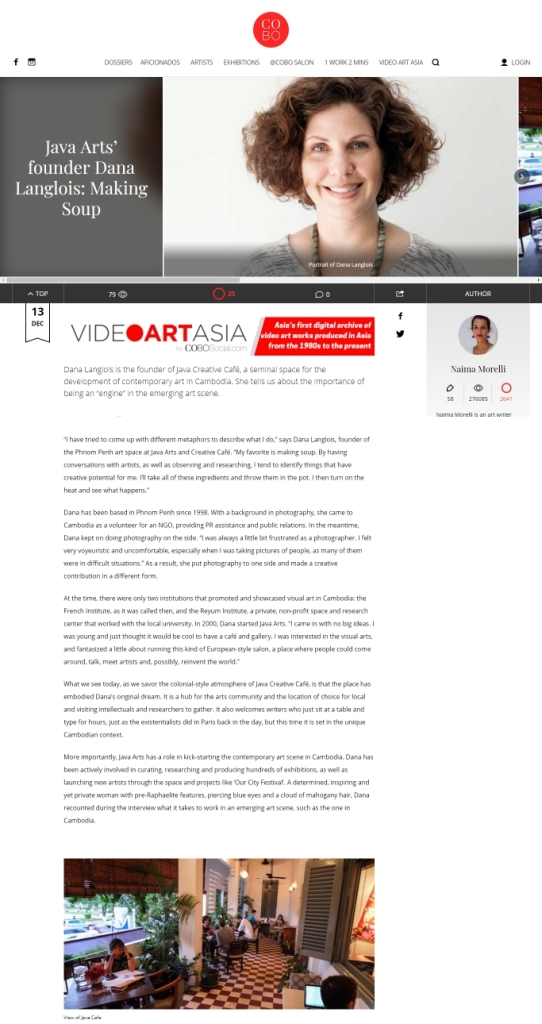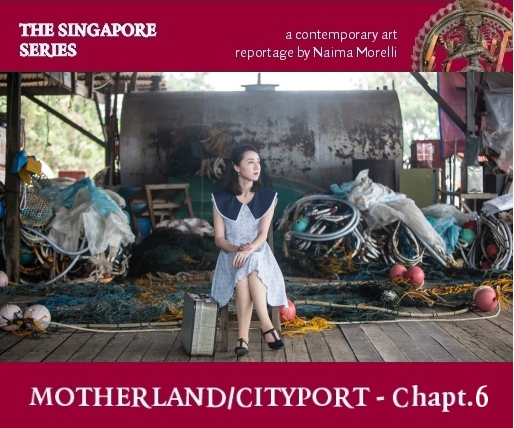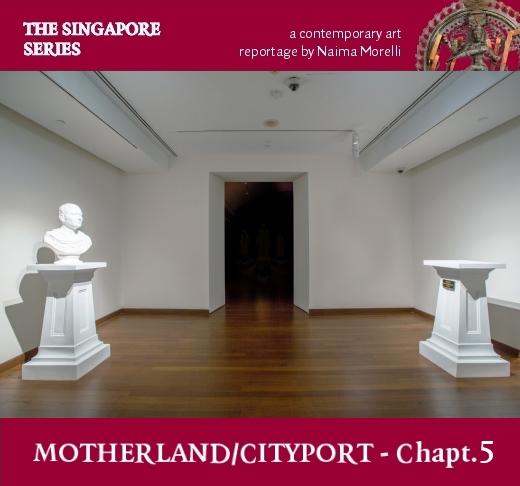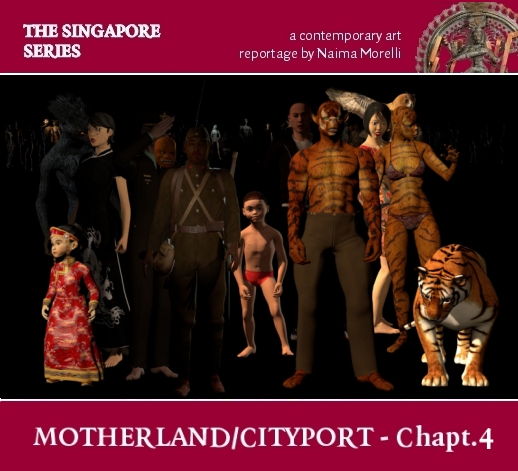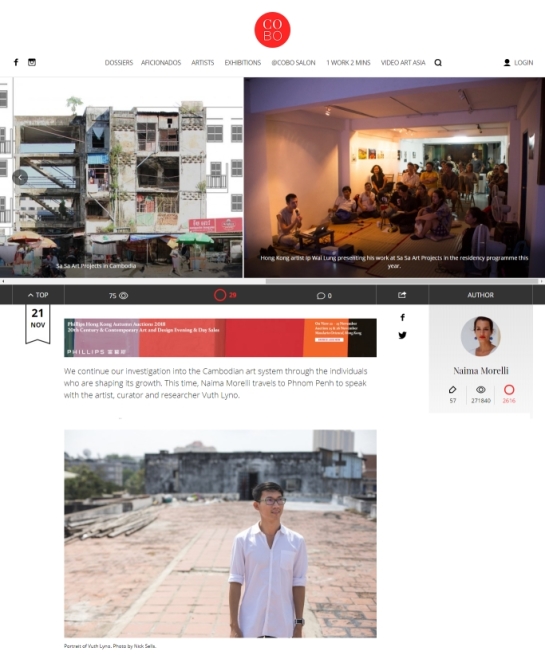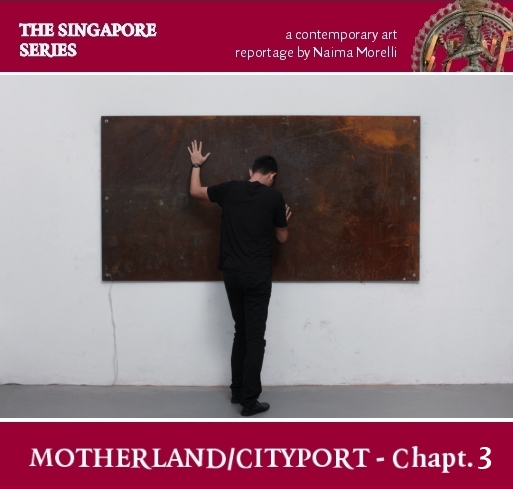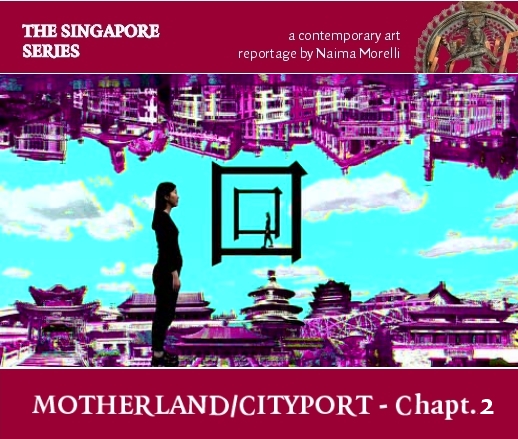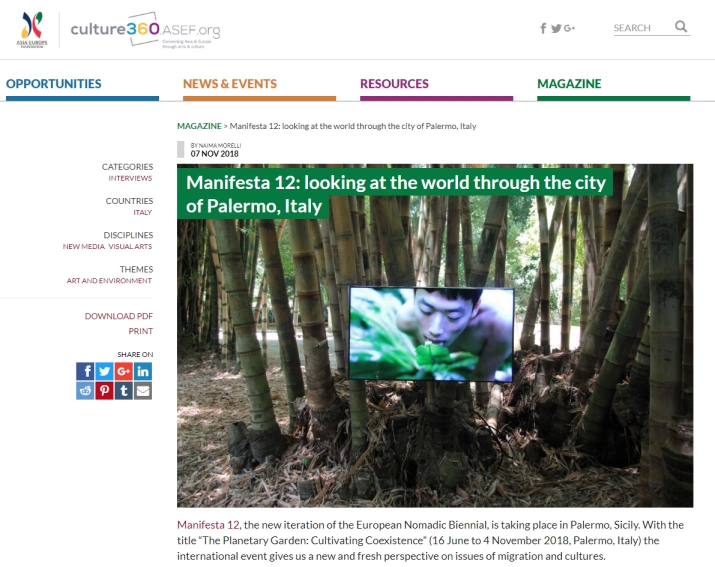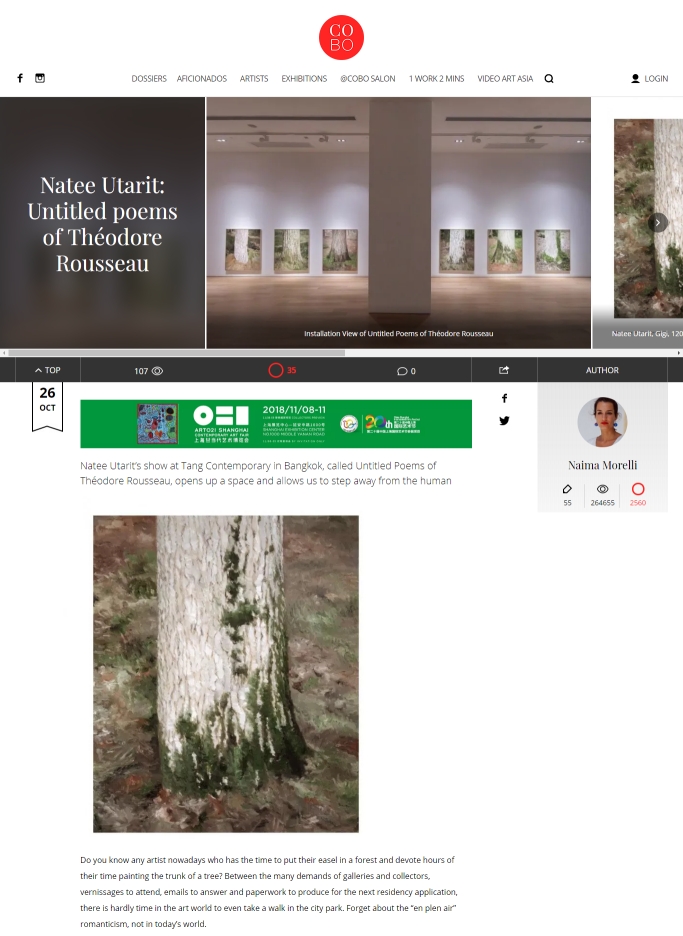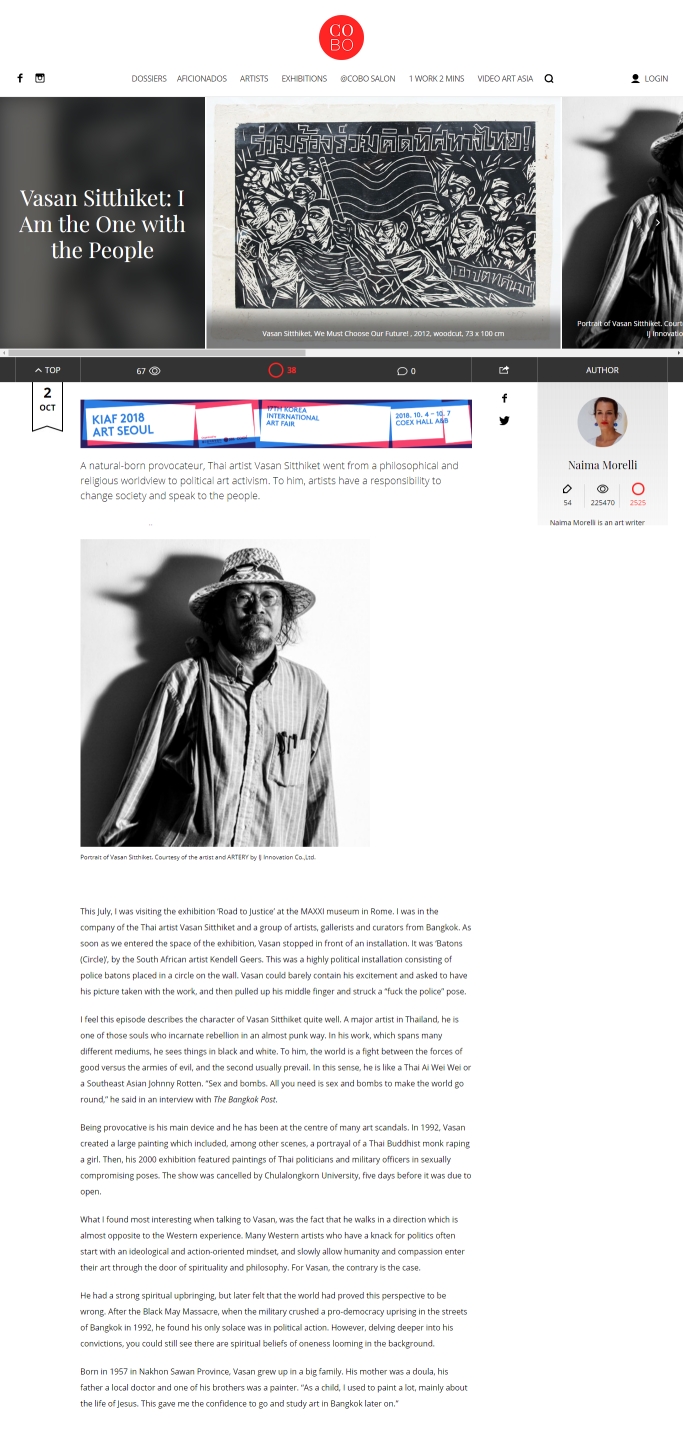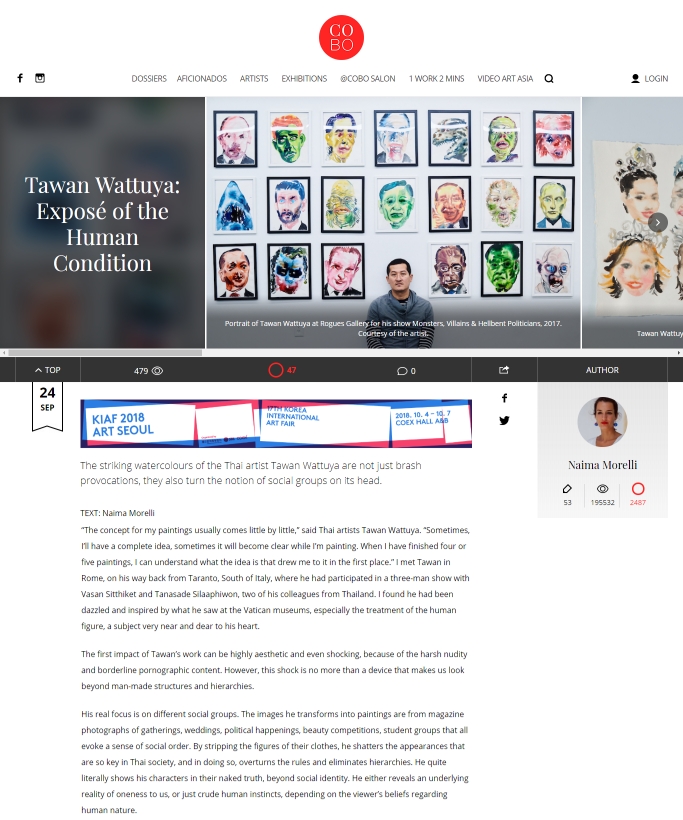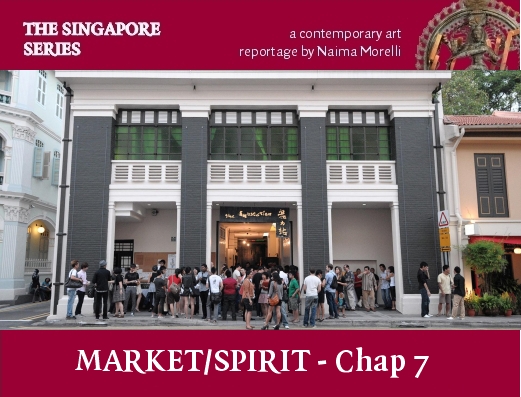
Just go to Thailand!
Back in Singapore after my first trip, I participated in a talk at the art space The Substation about the current exhibition in place. The idea of a book about Singapore contemporary art was starting to take shape in my mind. at the time, and I came back for another month-long research. This time around, I wanted to focus on capturing the spirit in which the artists were producing work, as well as understanding the core concerns of curators and art operators. In the long and narrow room of The Substation art space, I recognised a few people coming together to start the talk. One of these was The Substation director Alan Oei, one of the first people I interviewed in Singapore and the person who gave me a comprehensive vision of what was going on.
Alan Oei is the kind of person who attracts polarising feelings because of his clear-cut ideas, critical attitude and strong charisma. This is something quite common in the Italian art world, where art critics and curators like to challenge audiences – think of big personalities like Philippe Daverio, Achille Bonito Oliva or Vittorio Sgarbi – but in Singapore and Southeast Asia, where moderation is the norm and the art world is still too small to overtly create factions. This is quite uncommon. Perhaps because of my background, I personally liked Alan Oei’s attitude a lot (not that I necessarily agreed with his opinions). I liked him the way one can like romantic characters. Those who have real vigour in bringing forward their ideas, and a strong spirit to led them. Believing his own ideas to a fault.
Read More